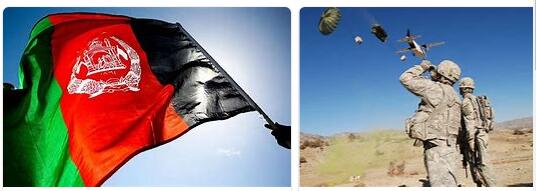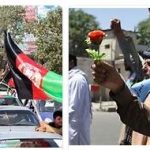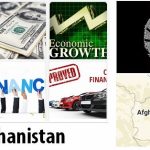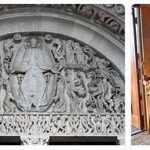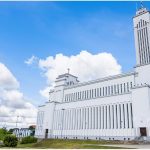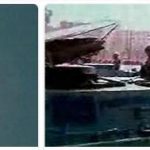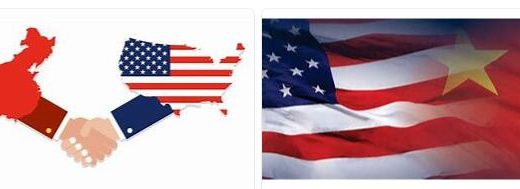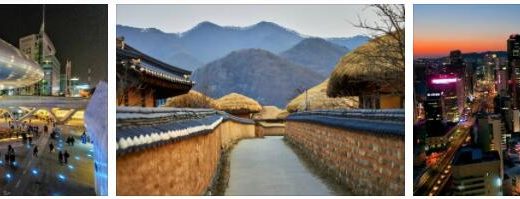Afghanistan: When will There be Peace? Part II
5: US attacks and «wins»
September 11 was a shock to Americans. Early on, President George W. Bush and his people demanded that the Taliban extradite bin Laden and crack down on the entire al-Qaeda network in Afghanistan. However, several conditions made this difficult for the Taliban to fulfill. First, they were dependent on financial support from Al Qaeda. Second, their ideological views were quite overlapping. But the most important thing was probably the Pashtuns’ norms. According to these, it is of absolute moral necessity to protect their guests. And al-Qaeda was a guest of the Taliban – they could not be extradited under any circumstances.
Therefore, on October 7, 2001 , the United States began its offensive against the Taliban. A small group of special forces and CIA operators were already on the ground controlling the airstrikes, while the ground forces consisted mainly of Tajiks, Uzbeks, Hazaras and other non-Pashtun peoples fighting in the so-called Northern Alliance . The Taliban were (and are) mostly Pashtuns. The Taliban had no chance of resisting this united resistance. Kabul fell in November, and soon after, the Taliban capitulated and “melted away.” Some fled to the border areas of Pakistan with some al-Qaida people, others simply kept a low profile in their hometowns. The great battles were over, and the United States had apparently won.
6: New start – old problems
A new government led by the Pashtun Hamid Karzai was appointed at a conference in Bonn in December 2001. Most other important posts were allocated to members of the Northern Alliance, who had physical control over Kabul. An ambitious plan to establish political institutions was adopted at the same time. A new constitution was to be drafted and adopted by a so-called Loya Jirga (Grand Council) – a traditional assembly in Afghan political history.
Then a president and a parliament were to be elected. Militias were to be disarmed and all violence was to be concentrated in the Afghan police and military. The international community was to finance large parts of a much-needed reconstruction – socially, economically, materially and institutionally. Optimism was high both among Afghans and in the international community.
But the new and ambitious plans support problems early on. Local warlords were given money and, in part, weapons to assist the Americans in their continued pursuit of al-Qaeda and the Taliban. This undermined the central government . Afghanistan was further unusually divided both geographically and politically. The central government had always been weak . For hundreds of years, most communities had largely governed themselves through traditional ways of conflict resolution. Age, kinship and property were important elements in a person’s power base. The system was traditionally fairly egalitarian (similar), but only among men . Women had predominantly relatively little influence, at least in the public sphere.
The acts of war since the 1980s had undermined but not eliminated these traditional forms of government. During this time, new, often younger people with other characteristics had fought for power. Under the Taliban, a new group emerged higher up in the political hierarchy. These were religious leaders, often village mullahs. These had low social status before the civil wars.
Afghanistan did not start with blank sheets after the fall of the Taliban in 2001. It was the only major political stew where new pieces had been thrown in for decades, but without old elements having disappeared completely. A variety of political systems existed side by side. The influence of the international community during the Bonn Conference and in the development of the new constitution imposed further political elements on Afghanistan. The West and many returned exiled Afghans insisted on their own children of the heart: democracy and respect for UN human rights. In part, these values were inconsistent with both religious and traditional norms.
7: The situation is getting worse
The constitution was adopted in 2004. It entailed – at least on paper – a very centralized system with great power for the president. In the same year, a democratic presidential election was held for the first time in Afghanistan’s history, and Hamid Karzai was elected for a term of five years. The following year, parliamentary elections were held. The support for the first election was considered good, but already the following year the support decreased.
Dissatisfaction with the leading figures and with the international presence was growing. The people’s expectations of peace and more prosperity had not been met. Historically prevalent tendencies such as corruption, nepotism (favoritism of friends and own family), misrule and police brutality continued unabated and undermined support for both the Afghan government and international civilian and military actors.
The security situation also deteriorated from 2005 onwards. The Taliban and various local groups that were in opposition to the authorities and the international presence became increasingly active. The United States was distracted by the critical situation in Iraq, but it also went from bad to worse in Afghanistan, a country located in Asia according to remzfamily.com. In the Pashtun areas in the south and east, it became increasingly difficult for authorities and NGOs to operate.
Nearly 2,000 civilians were killed in 2008, a third of them as a result of actions by international military forces. Several thousand Taliban were killed each year, but new ones were added. Criticism of the international presence and its methods gradually increased both inside and outside Afghanistan. In particular, the criticism was directed at the extensive use of air force (bombs) and degrading and violent house searches.
